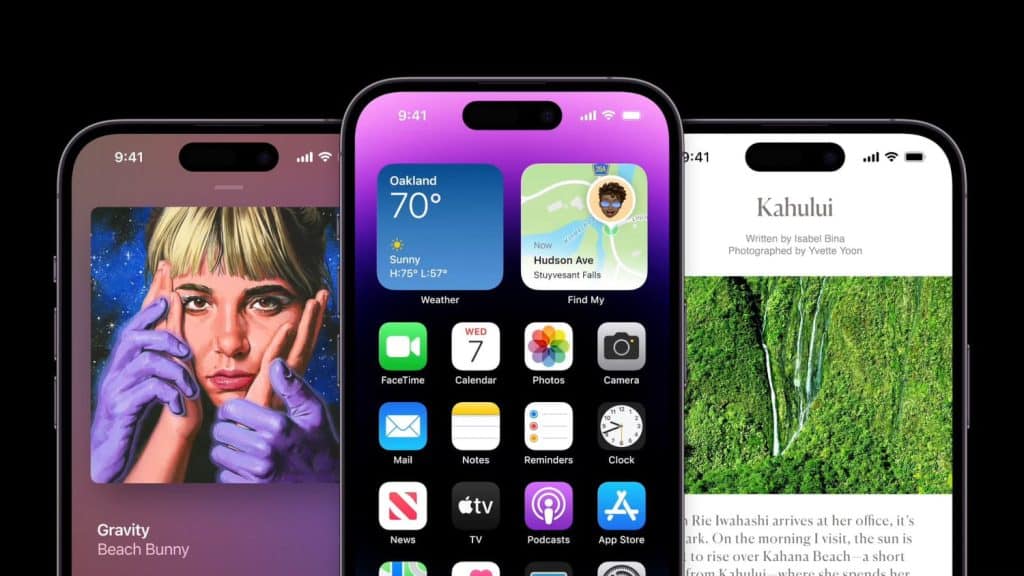Real-time applications have become an indispensable part of our digital lives. They have transformed the way we interact with technology and have significantly improved user experiences across various industries. In this article, we will explore the impact of real-time applications on different industries and how they have revolutionized user experience.
The Power of Real-Time Applications
Real-time applications deliver information and updates to users as they happen, resulting in a more seamless and engaging experience. They have the potential to enhance user interactions, boost customer satisfaction, and give businesses the edge over their competitors. Some common real-time features include in-app notifications, live chat, location tracking, and data visualization.
By leveraging real-time technology, businesses can create more personalized and responsive experiences for their users. As a result, users are more likely to remain engaged with a product or service, ultimately leading to increased customer loyalty and higher revenue.
E-commerce
In the e-commerce industry, real-time applications play a crucial role in enhancing the shopping experience. They enable customers to receive instant updates on the availability of products, shipping status, and personalized recommendations based on their browsing history. Live chat features allow customers to get immediate assistance from customer support representatives, leading to higher satisfaction rates.
Social Media
Real-time applications have significantly changed the way we interact on social media platforms. Features such as live streaming, instant messaging, and notifications have made social media more engaging and interactive. Real-time updates on news feeds and stories allow users to stay informed about the latest events and trends, making social media an integral part of our daily lives.
Healthcare
The healthcare industry has benefited immensely from real-time applications. They enable medical professionals to access and share patient records, lab results, and diagnostic images instantly, leading to better collaboration and quicker decision-making. Real-time patient monitoring systems allow healthcare providers to track vital signs and receive alerts in case of any abnormalities, ensuring timely intervention and improved patient outcomes.
iGaming
The iGaming industry has witnessed a significant transformation with the implementation of real-time applications. Live dealer games, live chat features, and other real-time interactions have created a more immersive and engaging user experience. One such example is Unibet Pennsylvania Online Casino & Sportsbook, which offers live dealer games and real-time betting options, allowing players to experience the thrill of a casino from the comfort of their homes.
Transportation
Real-time applications have revolutionized the transportation industry by providing users with accurate and up-to-date information on traffic, public transit schedules, and ride-sharing services. GPS-enabled applications allow users to track their vehicles in real-time, while live updates on traffic conditions and route suggestions help drivers avoid congestion and reach their destinations more efficiently.
Education
The education sector has also benefited significantly from real-time applications. Virtual classrooms, online collaboration tools, and live video streaming enable students and teachers to connect and interact in real-time, regardless of their location. Real-time feedback and assessments help educators monitor student progress and provide personalized guidance, leading to improved learning outcomes.
Finance
Real-time applications have had a profound impact on the finance industry. They allow users to access real-time stock quotes, market data, and financial news, enabling them to make informed investment decisions. Online banking and mobile payment applications provide users with instant access to their account balances, transaction history, and the ability to transfer funds in real-time.
Manufacturing
In the manufacturing sector, real-time applications play a crucial role in monitoring and controlling production processes. They enable manufacturers to track the performance of their machines, identify bottlenecks, and optimize production efficiency. Real-time data analytics and predictive maintenance tools help businesses reduce downtime, minimize costs, and improve overall operational efficiency.
Smart Homes
The advent of smart home technology has led to the integration of real-time applications into our everyday lives. Smart home devices, such as smart thermostats, lighting systems, and security cameras, use real-time data to provide users with greater control over their home environment. Users can monitor and adjust their home settings remotely, ensuring comfort, energy efficiency, and security.
Design Considerations for Real-Time Applications
While real-time applications offer numerous benefits, there are also challenges and considerations when designing and implementing these features. Some of these challenges include:
-
Connection issues: Real-time applications rely on a stable internet connection to function effectively. Designers must consider how to handle connection dropouts and provide users with appropriate feedback and notifications in case of connectivity issues.
-
Balancing real-time updates with user experience: Providing users with a constant stream of real-time updates can be overwhelming and detrimental to the overall user experience. Designers must carefully balance the frequency and relevance of real-time notifications to avoid overwhelming users and maintain a positive experience.
-
Data consumption: Real-time applications can consume significant amounts of data, potentially affecting users’ network usage and costs. Designers should consider implementing strategies to minimize data consumption, such as waiting for user input before downloading additional data or detecting the type of connection (Wi-Fi or cellular) before sending updates.
